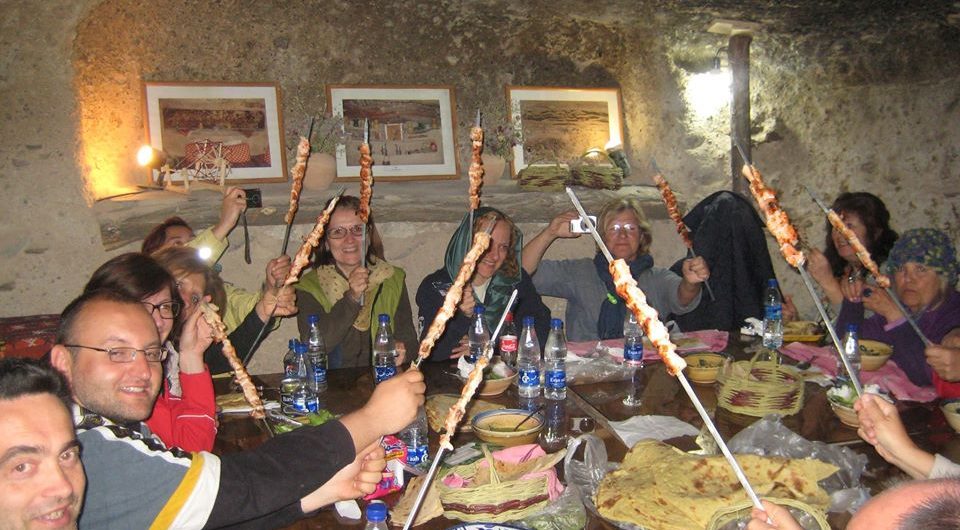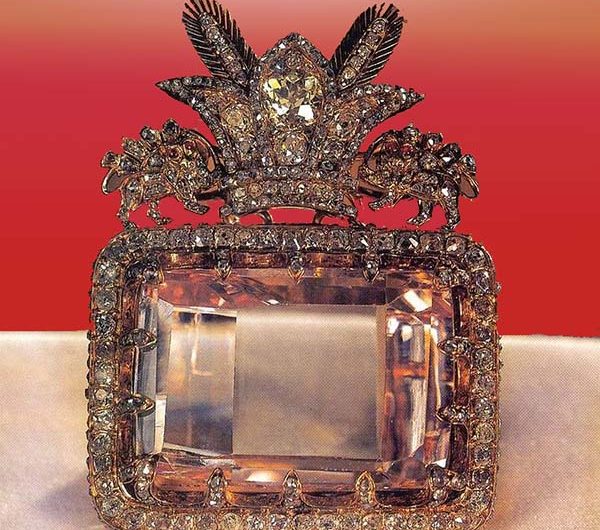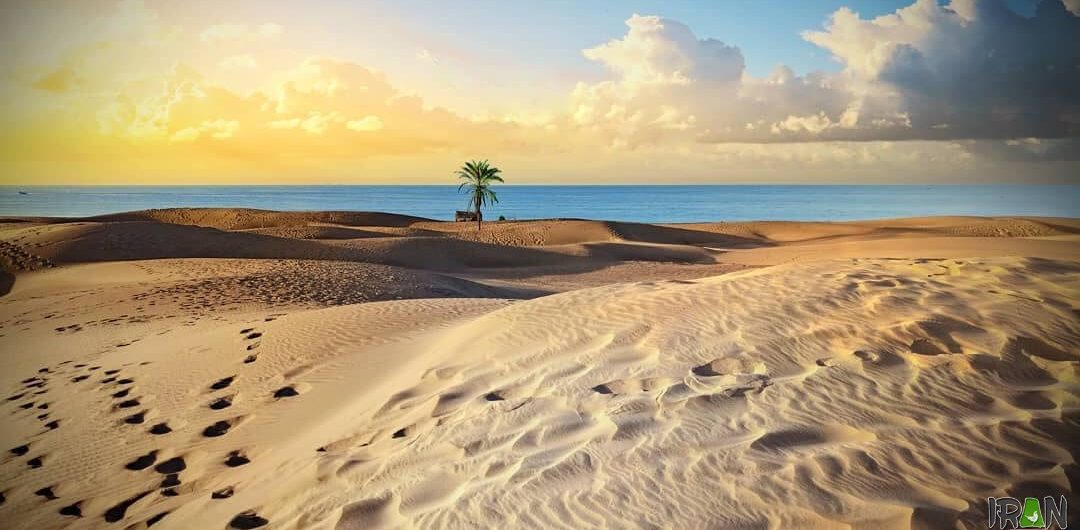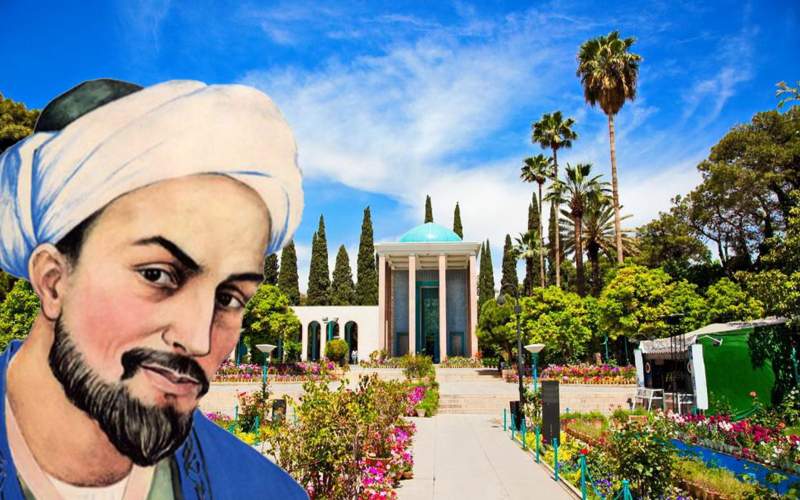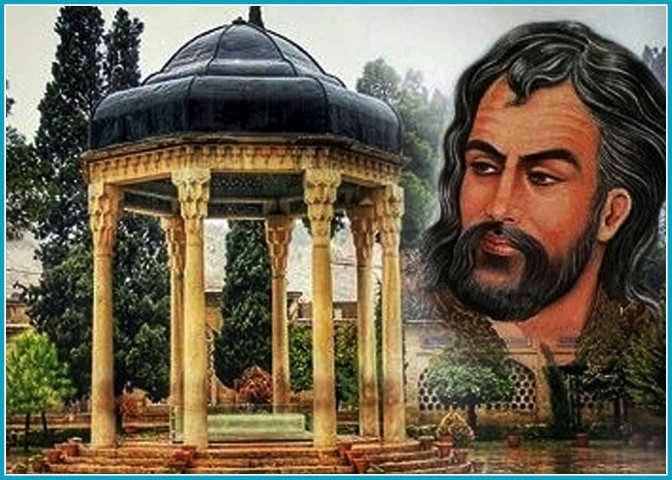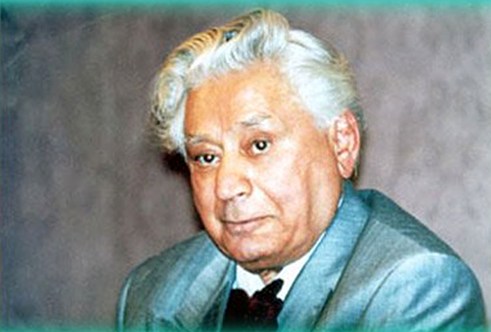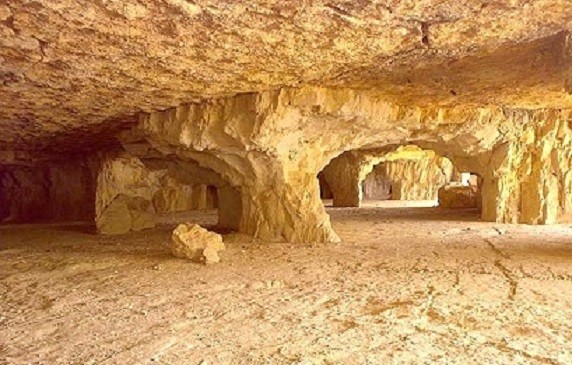Throw away any opinion you have had about Iran in the past and travel to Iran for these 10 reasons. Iran is a country in West Asia and the Middle East region. With an area of 1,648,195 square kilometers, this country is the second largest country in the Middle East. Iran shares borders with Armenia and Azerbaijan from the northwest, the Caspian Sea from the north, Turkmenistan from the northeast, Afghanistan, and Pakistan from the east, the Persian Gulf and the Oman Sea from the south, and Iraq and Turkey from the west. Iran is a magnificent, mysterious country with a very rich historical and cultural background. Come to Iran to see this beautiful land up close. You will find the following reasons so tempting that you will want to plan your next trip to Iran after reading them. In this article, Sito Travel agency has tried to clearly and accurately inform you why you should travel to Iran for these 10 reasons.
When traveling to countries that have a rich historical and cultural background, one of the aspects of traveling is getting to know the history and culture of that country. Museums represent the historical and cultural aspects of the people of a nation. In Iran, thanks to the history and culture of several thousand years and the rich and precious heritage left by the past, there are many museums. Most of these museums are specialized and are very attractive to tourists and visitors. There are many museums in Iran, so it is difficult to introduce them all, but there is potential for the top museums in Iran based on qualitative criteria and feedback from visitors and researchers, and in this article, these museums are introduced in this way so that you, the tourists can choose and enjoy these museums with more comfort and well-being. Sito Travel experts are familiar with the best museums in Iran and will accompany you in achieving the most unique experience.
Introduction of Chabahar port
Chabahar, a missing piece of Iran’s tourism puzzle!
When it arrives to important tourist cities in Iran, everyone’s mind proceeds to cities like Shiraz, Isfahan, Yazd, Mashhad, Kish, or northern cities. This is even though the beauty of Iran is’t only limited to these cities; there are different and attractive destinations in every corner of Iran that can get you an exciting and gratifying trip. One of these destinations is the beautiful city of Chabahar in southeast Iran. Chabahar is a port city with unique natural attractions that can’t be seen anywhere else in Iran.
Chabahar port is the center of Sistan and Baluchistan province. This port is located on the coast of the Makran Sea and the Indian Ocean.
This city is significant due to its strategic location, which is the closest way for the landlocked countries of Central Asia to access open waters, and a lot of construction and investment takes place in it. This including the building of a port and increasing the loading capacity of ocean-going ships (in Chabahar Bay), the construction of a railway to Central Asia, and the construction of an international airport. Chabahar port is one of the most important crossroads of the North-South corridor of global trade.
Saadi
Musleh al-Din Abdollah Saadi is one of the most recognized poets in Persian literature. His long life spanned the entire 13th century, considered the classical period of Persian lyric poetry, which historically coincides with the first Mongol invasions, begun in the autumn of 1219, which caused the fall of the Abbasid caliphate.
The new Mongol rulers formed new courts far removed from local populations and showed little interest in the Ghasida (eulogy) literary genre, then in full swing. Rather, they were interested in alluding to his political and territorial conquests in the prose of historical works. In the process of lyrical poetry production, the genre of Ghasida lost its importance in favor of the poetic genre of ghazal (sonnet), which reached its technical perfection with Saadi.
Khajeh Shams od-Din Mohammad Hafez Shirazi
He was born in 1319 in Shiraz, southwestern Iran. As a child, he had memorized the Qur’an by listening to his father’s recitations, which earned him the title Hafez (a title given to those who had memorized the Qur’an by heart). He had also memorized many works by his hero, Saadi, as well as Attar, Rumi, and Nezami. His father, who was a coal merchant, died, leaving him and his mother in many debts. Hafez and his mother went to live with their uncle. He left kindergarten to work in a textile workshop and later in a bakery. While working in the bakery, he gave bread to a rich man in the city and saw Shakh-e Nabat (branch of sugar cane), a young woman of incredible beauty. Many of his poems are directed to her. In his quest to reach his beloved, Hafez watched for forty days and forty nights at Baba Kuhi’s tomb. Having succeeded, he met Attar and became his disciple. Hafez became the court poet of Abu Ishak, which resulted in him gaining fame and influence in Shiraz. This is considered the phase of “spiritual romanticism” in his poetry. Hafez left some 500 ghazals (gazelle), 42 rubaies (quartets) and some qasidas, composed over 50 years. Hafez only composed when inspired by divinity, so he only composed an average of 10 gazelles a year. His goal was to write poetry worthy of the Beloved.
Sadeq Chubak
He was born in August 1916 in Bushehr. His father was a well-known bazaar merchant. He received his early education at Bushehr and later at Shiraz. He then moved to Tehran and attended the Alborz institute. After finishing high school, he was hired as a teacher by the Ministry of Education and sent to Khorramshahr, in the oil-rich province of Khuzestan, after which he joined the national oil company.
Considered the greatest naturalistic writer in Persian literature, Chubak has written a large number of works, including novels, short stories, and plays. His collections of short stories “Kheymeh Shab Bazi” (Puppet Show), 1945, and “Antari Ke Lutiyash Murdeh Bud” (The Monkey Whose Master Was Dead), 1949, had a profound influence on modern Persian literature. There was a gap of several years before he returned with a major novel, “Tangsir,” in 1963, and two years later, “Rouze Avval-e Qabr” (The First Day at the Grave) was published. Chubak describes a very brutal world in which people are mortified in the extreme and cannot bear the sight of others in “Sang-e Sabur” (Shoulder to Cry on), which is one of the best modern novels in literature. Persian. In general, their idioms and popular proverbs move the story forward and are considered a natural element of dialogue. He translated into Persian some works by internationally renowned writers, such as Balzac and Shakespeare. Sadeq Chubak died in July 1998, in Berkeley, United States.
Bozorg Alavi
Born in 1904 in Tehran, he has become, over the years, an important figure in Persian literature and on the Iranian political circuit. Alavi is considered one of the most famous Iranian writers on the left. His father, Abolhasan, was a revolutionary who participated in the constitutional revolution of the early 20th century. His grandfather was a deputy. In 1923, Mojtaba and his brother Morteza were sent to Germany to continue their studies. Upon graduation, Bozorg returned to Iran in the early 1930s and began teaching in Shiraz.
During his stay in Germany, he became acquainted with European literature and poetry. He began to translate famous books into Persian. During this period he met Sadeq Hedayat. The two men had a lot in common, and it is very difficult to say who had the most influence over the other. Their socialist ideas led them to publish political articles and magazines. It was then that the ’53 band was born, led by Dr. Arani. Bozorg was arrested in 1937 for violating the 1933 anti-communist law. He and 52 other people remained in prison until the Allied occupation of Iran in the fall of 1941. All were arrested, and he was sentenced to seven years in prison. Shortly before entering prison, he published his series “Chamedan” (The Suitcase). In his sentence, Bozorg did not stop writing. Later, Alavi wrote two books about his stay in prison: “Panjah-o seh Nafar” (53 people) and a collection of short stories titled “Varaq pareh ha-ye Zendan” (Junk documents from the prison).
Sang Tarashan Cave
Jahrom’s Sang Shekanan Cave, known to locals as Sang Eshkan, is the largest handcrafted cave in Iran and the Middle East. In fact, it is one of the largest and most beautiful man-made caves in the region. The Sang Eshkan cave consists of several openings and columns that can be seen in the form of transverse porticoes.
The arches are made by extraction of limestone and dolomitic stone. Most of them are tunnel-shaped. Therefore, we can say that there is no cave bigger than Sang Tarashan with the same characteristics: arches, columns and openings.
The stones extracted and transported from the cave were used for decoration works, building facades and portals, barred windows, gravestones, stone statuettes and vases. The portal of the Shah Cheragh shrine, the Atigh Mosque in Shiraz, the Eram garden are some examples of the places where these stones were used.
If you are passionate about caves, mountains, hiking, mountaineering, historical landscapes and fascinating culture of the Middle East, SITO Travel will help you organize your trip to Iran. Get in touch with us because our experience is born and developed in this field.
Ranginak
The palm tree is mainly found in the humid and warm areas of southern cities and along the Persian Gulf and therefore the tasty and nutritious dessert of Ranginak is popular in southern cities such as Shiraz and Bandar Abbas or Bushehr. The preparation consists of frying the flour in butter mixed with cinnamon and cardamom and then adding the dates and chopped walnuts. Finally, we decorate the plate with coconut powder or pistachio powder.


